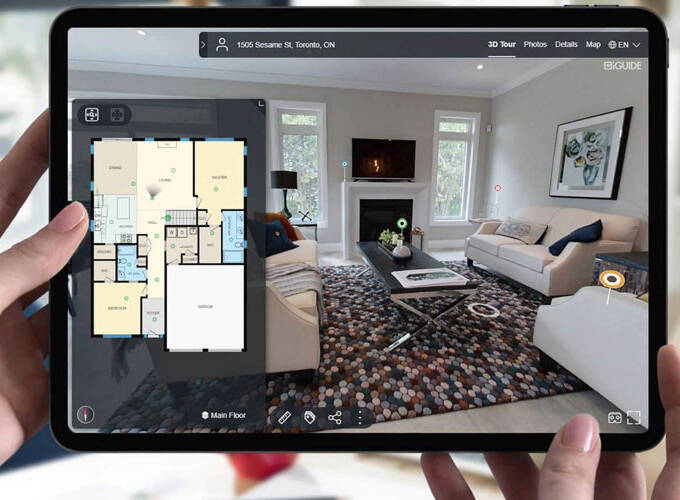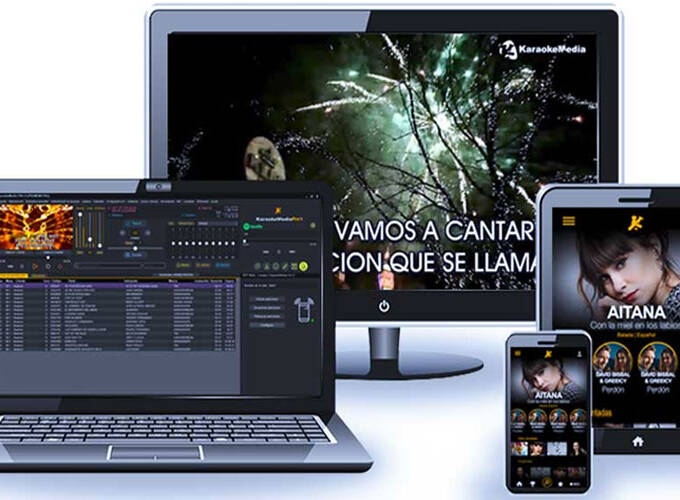If you’re looking for an efficient communication system for your workforce, a smartphone push to talk solution offers many advantages. In this post, we’ll explore the key benefits of push to talk apps and hardware that leverage cellular and Wi-Fi connectivity.
Enables Communication Across Devices
A key advantage of a push to the talk system based on radio over IP is that it allows seamless communication between different devices. For example, users with smartphones can seamlessly talk with team members using two-way radios or specialized push to talk devices. Some systems even integrate with landline phones, tablets, computers, control room consoles, and wrist-worn smartwatches. This interoperability enables broader reach across your entire workforce.
Provides Wider Coverage
Traditional two-way radios rely on RF signals which have limited range. A radio over IP push to talk system utilizes cellular and WiFi data networks to provide significantly expanded coverage. Users can communicate from nearly anywhere with cell or internet access. This enables teams to stay seamlessly connected across wide service areas or dispersed facilities and job sites.
Offers Private and Group Calling
Unlike consumer push-to-talk apps, business-grade systems include essential capabilities like private 1-to-1 calling and group broadcast calling. Private calls prevent distracting other users with side conversations. Group calls to predefined teams or ad hoc groups enable efficiently reaching multiple people at once. Custom calling scenarios can be configured to match specific operational needs.
Integrates with Critical Systems
Smartphone push to talk apps can integrate with internal systems via APIs. This allows enabling features like GPS location tracking, user status indicators, sensor and alarm notifications, database lookups, work order dispatching, and more. Integration capabilities make push to talk an even more powerful business tool tailored to your workflows.
Provides Advanced Reporting
Cloud-based push to talk platforms include robust administrative portals with activity reporting and analytics. Managers can access detailed usage metrics to optimize communication workflows. Reporting provides insight into trends, bottlenecks, and opportunities to improve. Usage auditing enhances compliance monitoring for regulated industries.
Advanced reporting options include heat maps of PTT usage, talk time statistics, channel usage, and trends. API integration allows exporting data to internal systems.
Offers Enhanced Safety Features
Some push to talk systems are designed specifically with worker safety in mind. Features like man-down detection, lone worker monitoring, and duress calling provide protection for remote, at-risk, and field-based workers. Location tracking enables dispatch of aid to downed or distressed employees. These capabilities make the push to talk a true safety lifeline.
Supports BYOD and/or Provided Devices
By supporting bring-your-own device (BYOD) and company-issued devices, phone push-to-talk systems maximize flexibility. Employees can use PTT on personal or work smartphones. Some even allow dual device activation, so calls seamlessly ring both devices. This ensures workers don’t miss important communications.
Optimized for Industrial Environments
For industrial settings like manufacturing, construction, and engineering firms, some radio over IP push to talk systems offer purpose-built hardware optimized for loud, messy, and hazardous environments. Ruggedized devices and protective accessories provide durability along with hearing protection and glove-friendly operation. They deliver essential PTT functionality anywhere it’s needed.
Cost-Effective Scaling
For organizations with high radio communications usage, a radio over IP push to talk system can significantly reduce costs compared to cellular plans or two-way radio service fees. Taking advantage of Wi-Fi connectivity minimizes cellular data charges. Capital expenditures are also minimized with a hosted platform. As the workforce grows, adding more users is fast and affordable.
For organizations needing an efficient yet robust workforce communication system, a smartphone push to talk solution brings advantages like broader coverage, interoperability, integrated features, and enhanced safety capabilities. With the right platform, push to talk can be an enterprise-grade communication tool tailored for your specific needs, wherever your team members are located. Exploring radio over IP solutions can help unlock these benefits for your mobile and distributed workforce.








